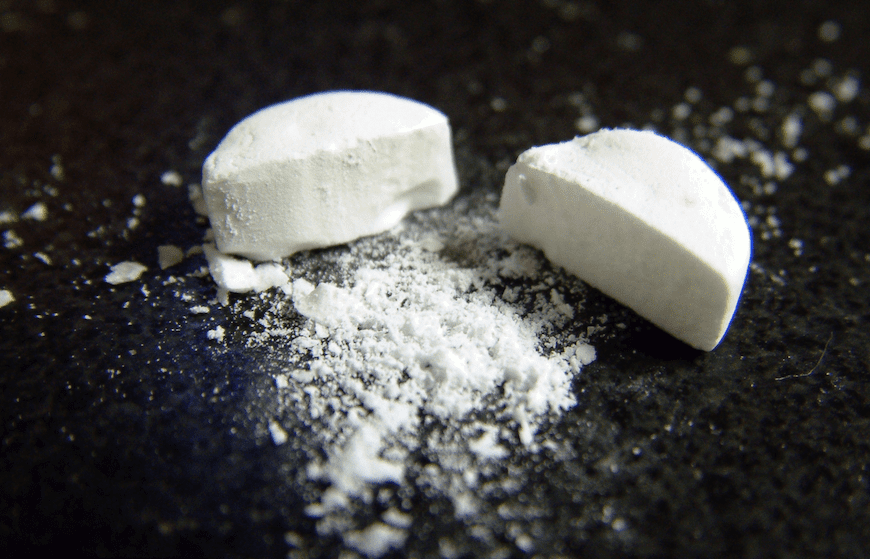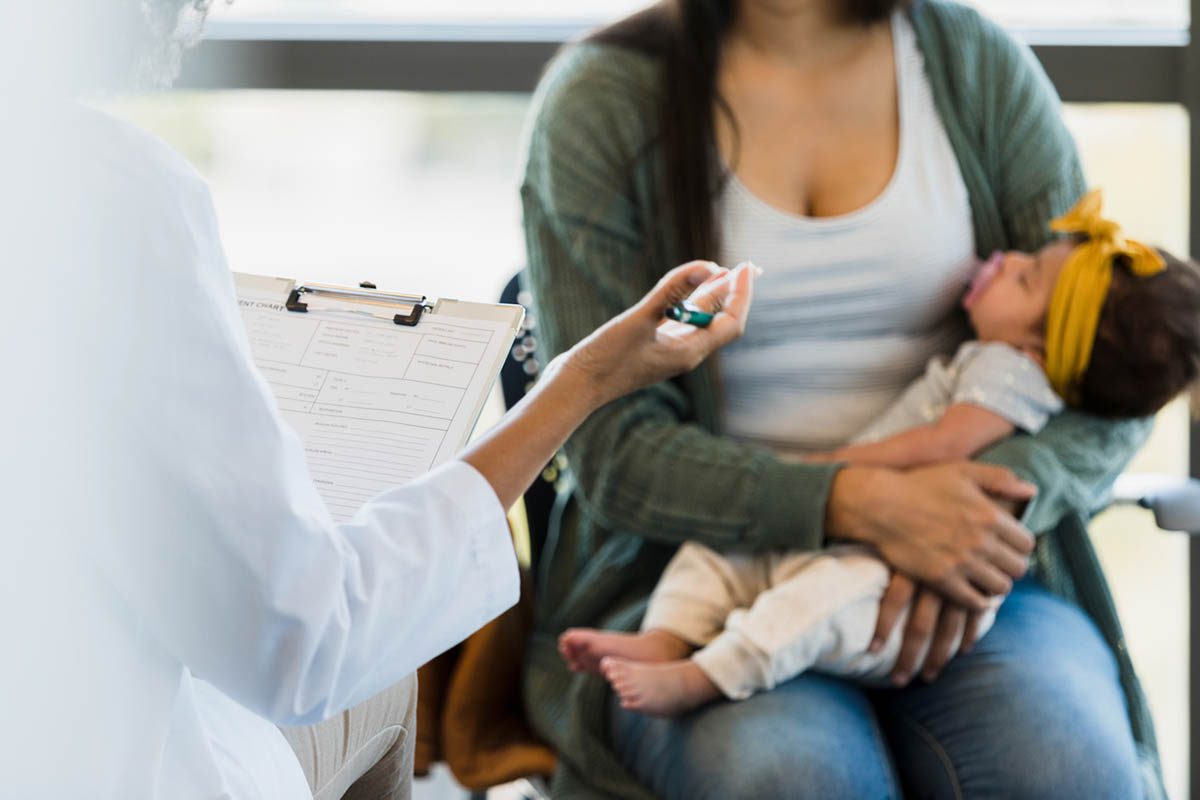See article by Cuñat et al
There are numerous lines of evidence that psychosis is associated with neuroimmune dysregulation and elevated subtypes of inflammatory biomarkers. In addition, many studies have reported a significant increase in adult mood and psychotic disorders associated with childhood maltreatment and trauma (physical, sexual, or emotional abuse or severe neglect), mediated by epigenetic dysregulation of neuroimmune and neuroendocrine pathways.1
The neutrophil-to-lymphocyte ratio (NLR) is a biomarker for immune response in a wide range of medical conditions including infections, heart disease, stroke, cancer, diabetes, and anemia, as well as stress and psychiatric disorders.2 NLR >3.0 or <0.7 is considered pathological, and values ranging between 2.3 and 3.0 can serve as an early warning sign of pathology (like cancer, atherosclerosis, inflammation, and psychiatric disorders). Severe stress or inflammation can dramatically increase the NLR up to 11–30 or even higher.2
A published study3 reported that a healthy population usually has an NLR of 1.72 ± 0.74 compared to NLR of 1.96 ± 1.11 in a sample of first-episode psychosis. NLR was higher in nonremitting patients,3 suggesting that treatment-resistant psychosis may have a more serious immune dysregulation. Another study reported a significant decrease in NLR at remission of psychosis.4 Elevation of NLR is also a marker of endothelial dysfunction, which can predict cardiovascular disease in patients with psychosis.5
The study by Cuñat et al6 is unique in that it examined the relationship between various subtypes of childhood trauma and inflammation, as measured by leukocyte ratios: NLR, monocyte-to-lymphocyte ratio, and platelet-to-lymphocyte ratio in 83 patients with first-episode psychosis. They did not measure the traditional proinflammatory biomarkers (interleukin-6, tumor necrosis factor-alpha, interferon gamma, and C-reactive protein) which have already been reported in several studies to be associated with childhood trauma. The advantage of their approach is that white blood cell counts are routinely obtained and readily available to clinicians whenever patients with first episode psychosis are hospitalized. Psychiatric clinicians rarely measure the classic inflammatory biomarkers in their patients with psychosis, but those leukocyte ratios are accessible, convenient, and cheaper “proxies” of inflammation. Given the increasing evidence for a dysfunction of the blood-brain barrier (BBB) in psychotic disorders,7 it is possible that peripheral inflammatory biomarkers may cross the BBB and trigger neuroinflammation and oxidative stress in neural tissue. Worthy of note is that the microglia, which are the brain immune regulatory cells, were originally monocytes that migrated into the brain via the BBB during fetal life and differentiated into microglia. Microglial activation has been widely reported to occur in the early stages of psychosis.8
Unlike previously published reports that they cited, this study did not have a healthy control group, which they admit is one of the limitations of the study. Instead, they sought a statistical regression analysis of the leukocyte ratios and the different subtypes of childhood trauma. They did control for the potential confounders, including age, gender, duration of untreated psychosis, severity of psychosis as measured by the Positive and Negative Syndrome Scale (PANSS), body mass index, and substance use (alcohol, tobacco, and cannabis). However, they did not take into account the potential inflammatory effects of general medical conditions, which frequently accompany psychotic disorders and alter the white blood count, or the intake of anti inflammatory agents that the patients may be taking, such as aspirin, NSAIDS, or omega-3 fatty acids, which can be a confounder. They did employ a statistical correction for multiple comparisons (Bonferroni correction) to ascertain that their findings are not spurious.
The authors stated that 48% of the sample was drug-naive, which is optimal in such studies. They found no differences in the leukocyte ratios in the medicated vs unmedicated subgroups, which may have revealed a possible iatrogenic effect of antipsychotic drugs. One published study reported that NLR increased after antipsychotic therapy.3 They did not remeasure the leukocyte ratios in their sample after a few weeks of antipsychotic pharmacotherapy to compare them to baseline values. Perhaps they plan to report those data in a subsequent publication. If they do, it would be very useful to examine whether the leukocyte ratios rise or decline with dopamine-receptor blocking agents and whether a difference emerges between responders and nonresponders to antipsychotic medications as measured by the PANSS decline.
This study provided a novel insight that childhood trauma subtypes may have a differential effect on inflammation (as reflected in the leukocyte ratios) with high emotional neglect being the worst and sexual abuse being the least.
Another interesting finding in this study is that in contrast to the higher severity of positive symptoms, there was a lack of association between childhood trauma and negative symptoms. This observation deserves further study because it may shed important light on the pathophysiology of the psychotogenic effects of childhood trauma which may exacerbate psychotic symptoms such as delusions, hallucinations, and thought disorder, but not negative symptoms such as alogia, asociality, avolition, and blunted affect.9
In summary, despite some limitations, this study generated some interesting hypotheses that warrant further testing in future studies of the significant association of certain subtypes of childhood trauma with psychosis and inflammation.
Article Information
Published Online: May 22, 2024. https://doi.org/10.4088/JCP.24com15310
© 2024 Physicians Postgraduate Press, Inc.
J Clin Psychiatry 2024;85(2):24com15310
Submitted: February 19, 2024; accepted February 19, 2024.
To Cite: Nasrallah HA. Psychosis, inflammatory biomarkers, and subtypes of childhood trauma.
J Clin Psychiatry. 2024;85(2):24com15310.
Author Affiliation: Department of Psychiatry and Behavioral Neuroscience, University of Cincinnati College of Medicine, Cincinnati, Ohio.
Corresponding Author: Henry A. Nasrallah, MD, Department of Psychiatry and Behavioral Neuroscience, University of Cincinnati College of Medicine, Henry A. Nasrallah 260 Stetson St, Ste 3200, Cincinnati, OH 45219 ([email protected]).
Relevant Financial Relationships: None related to this manuscript.
Funding/Support: None.
References (9)

- Nemeroff CB. Paradise lost: the neurobiological and clinical consequences of child abuse and neglect. Neuron. 2016;89(5):892–909. PubMed CrossRef
- Zahorec R. Neutrophil-to-lymphocyte ratio: past, present and future perspectives. Bratisl Lek Listy. 2021;122:474–488. PubMed CrossRef
- Bioque M, Matias-Martins AC, Llorca-Bofí V, et al. Neutrophil to lymphocyte ratio in patients with a first episode of psychosis: a two-year longitudinal follow-up study. Schizophr Bull. 2022;48(6):1327–1335. PubMed CrossRef
- Bustan Y, Drapisz A, Ben Dor DH, et al. Elevated neutrophil to lymphocyte ratio in non-affective psychotic adolescent inpatients: evidence for early association between inflammation and psychosis. Psychiatry Res. 2018;262:149–153. PubMed CrossRef
- Moody G, Miller BJ. Total and differential white blood cell counts and hemodynamic parameters in first-episode psychosis. Psychiatry Res. 2018;260:307–312. PubMed CrossRef
- Cuñat O, Arranz B, Vila-Badia R, et al. Relationship between exposure to emotional neglect and the inflammatory biomarkers neutrophil-to lymphocyte, monocyte-to-lymphocyte, and platelet-to-lymphocyte ratios in patients with first episode psychosis. J Clin Psychiatry. 2024;85(2):23m15141.
- Schrenk DA, Nasrallah HA. Faulty fences: blood brain barrier dysfunction in schizophrenia. Curr Psychiatry. 2022;21(10):28–32.
- Nguyen KD, Amerio A, Aguglia A, et al. Microglia and other cellular mediators of immunological dysfunction in schizophrenia: a narrative synthesis of clinical findings. Cells. 2023;12(16):2099. PubMed CrossRef
- Nasrallah HA, Smeltzer DJ. Contemporary Diagnosis and Management of Schizophrenia. Handbooks in Health Care; 2011.
This PDF is free for all visitors!
Save
Cite




